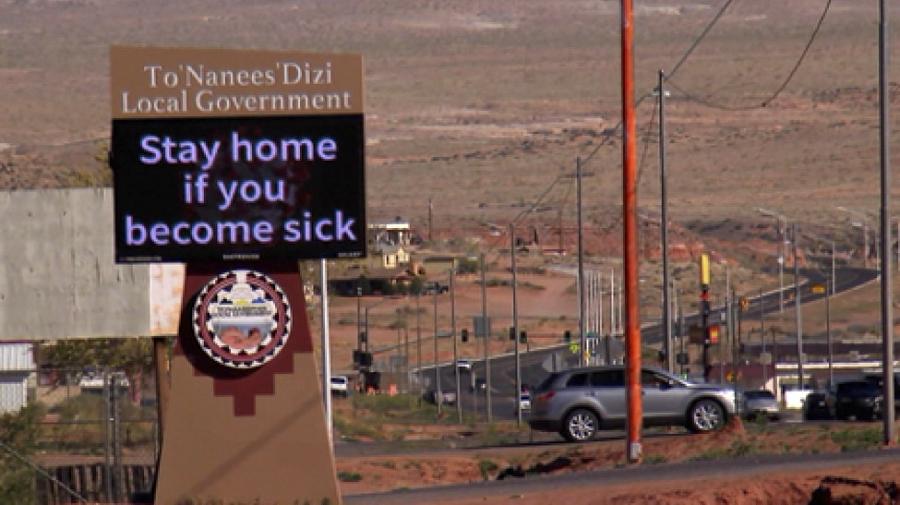Why was the Navajo Nation overlooked in the face of the pandemic?

The Navajo Nation has become one of the regions hardest hit by the COVID-19 pandemic. As of July 14, at least 8,290 cases had been reported by the Navajo Nation, with at least 401 deaths. The Navajo Nation represents more than 37 percent of all cases tracked nationwide by the Indian Health Services.
In New Mexico, the case count is relatively low, but Native Americans represent roughly 44% of the total, though they account for only about 10% of the population, according to the U.S. Census Bureau. The Navajo Nation is subject to 57-hour lockdowns and curfews on weekends in an effort to curb the spread of the virus.
There are institutional problems at play. About 30% of people living in the Navajo Nation do not have access to running water, which complicates sanitation. After receiving more than $700 million in CARES Act funding, Navajo President Jonathan Nez has proposed using half for water infrastructure projects. How quickly will these projects launch? Will the infrastructure be in place before the community is hit by a second wave of the disease?
Other long-standing issues also contribute to the overall health of the Navajo people, including chronic medical conditions and limited access to health care and grocery stores. Often, people are forced to travel for hours to the nearest city outside the Navajo Nation for food and other necessities, which has contributed to the spread of the virus on and off tribal land.
COVID-19 has exacted a cultural cost for the Navajo people. Many deaths have involved tribal elders who were stewards of tradition, language and culture. There is real fear the virus could rob the community of generations of its history.
We know that a variety of circumstances contribute to health disparities in the Navajo Nation, and as part of this fellowship we will launch an in-depth continuing coverage project that explores those circumstances and the inequities that make solving the problems even more challenging.
Our project will include long-form television reports, culminating with a capstone documentary to air across our viewing area, including in the Navajo Nation. We will also produce stand-alone profiles and reports online, and we imagine developing a website that centralizes our work in a single location. Community engagement will be key to this project’s success, and we intend to launch a robust social media campaign as stories are developed and published or aired.
At one point the Navajo Nation was the No. 1 hot spot for COVID-19 in the United States, with a higher infection rate than in New York and New Jersey at their peak. But after stringent public health orders were put in place, the Nation experienced a decline in new cases. Strict guidelines included mandatory masks, nightly curfews, stay-at-home directives and 57-hour lockdowns, which forced businesses to close during weekends. While tribal leaders have relaxed some of these restrictions, COVID-19 surges in neighboring Arizona have forced the reinstatement of strict lockdown rules. Tribal officials said they were able to flatten the curve and are willing to serve as a case study for other hot spots.
The tribal community upholds Native American traditional ideas and beliefs, which our storytelling will respect. Our reporting is not meant to portray the group as victims. Rather, we will portray a resilient group of people and expose the urgent, complex health issues they face.

